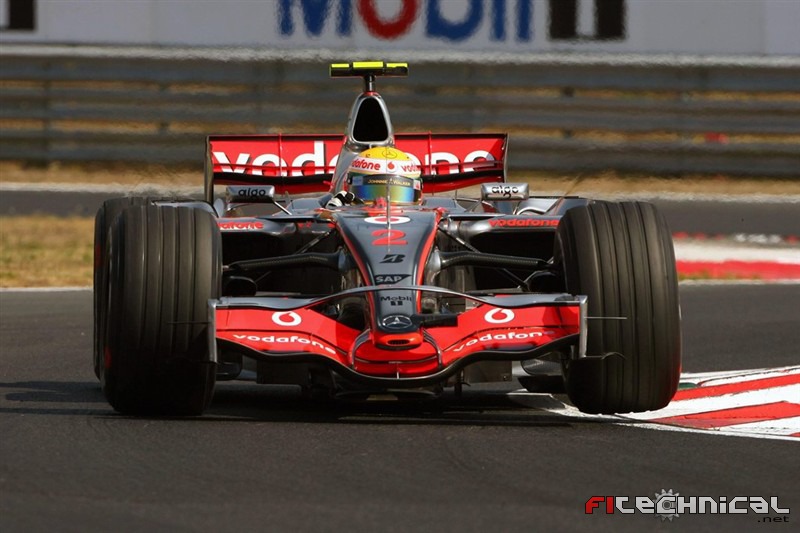How is a car with it's wheels on the white line leaving a cars width to the white line? Regardless, the rule is that if a car is alongside, and in this case that means any part is alongside, no have to be halfway up or level, front wing level with rear tires is enough, then you have to leave space for the driver alongside you. Hamilton got alongside while still having at least two wheel on the track (left of the white line on the right), Vettel both pushed him off the track and then continued to close the space. If Hamilton didn't stamp on the brakes then he was being hit by Vettel and the wall.Big Tea wrote: ↑12 Jun 2019, 21:29Depends on what is considered 'track limits' Vettel was right up on the white line at one point, so if the line is track limits he was defiantly a cars width away with his inside tyres. ( 38 sec here https://www.youtube.com/watch?v=gqhX-ZzPhzo ) It was 'marginal' at very best even if they consider the wall as track limits.NathanOlder wrote: ↑12 Jun 2019, 21:16Why did he need to brake? He always had a cars width in front of him to drive in to.
He tapped the brake pedal became he got a little sideways and had to back out of it. Trying to pass on the wet part of the track.
I think there are two camps and no one is going to move from the one they are in now. Any talk will not affect the outcome of the race and probably will not change any posters mind. (is fun though)
As for the absurd question of "would it have counted if he passed Vettel as he was off track", yes it would, because if you force someone off the track then you're at fault, if you leave the track alone of your own free will to make a pass, then you're at fault.
In fact double checking the video, Hamilton is alongside before any of his tires are off track at all.



